Washing machines can unsurprisingly get pretty dirty over time. After all, we use them to clean our clothes, so any dirt and debris they remove can get trapped in the machine itself.
Like all other cleaning appliances, washing machines need cleaning themselves every now and then.
One such issue is scrud, which isn’t always obvious when you look at your washing machine.
So, in this article, we’ll look at what it is and how to remove scrud from washing machine.
What Is Scrud?
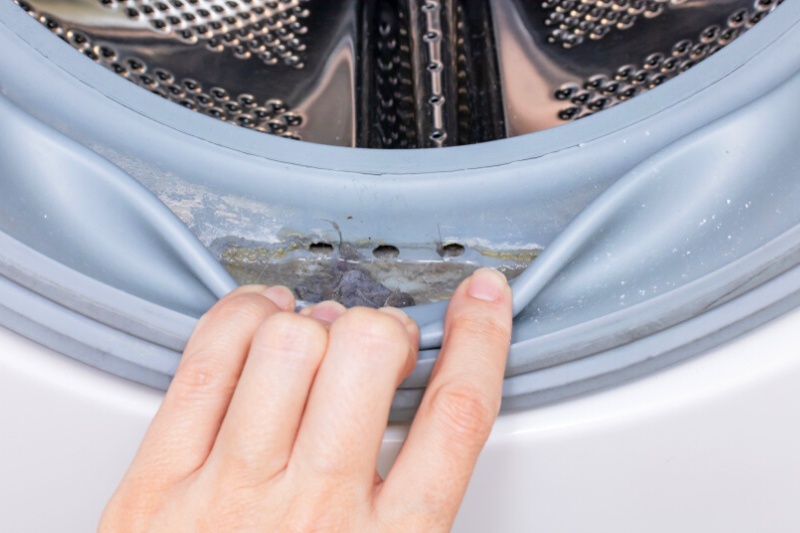
In short, scrud is caused by a build-up of unused detergent and fabric softener in your washing machine.
It looks waxy and can create blotchy marks on the inside of the washing machine drum.
Scrud isn’t always obvious at first glance, but once you clean it off, you’ll really notice it in the future.
There are a few main causes of scrud, including:
- Using too much detergent fabric softener. Overuse means more residue as there’s more product than you actually need to clean your clothes properly.
- Running your washing machine on cold cycles. Products typically aren’t as soluble in cold water, meaning there’s more residue.
- Not cleaning your washing machine. If your drainage pipe isn’t working properly, more water will be sitting inside the machine, leading to more scrud.
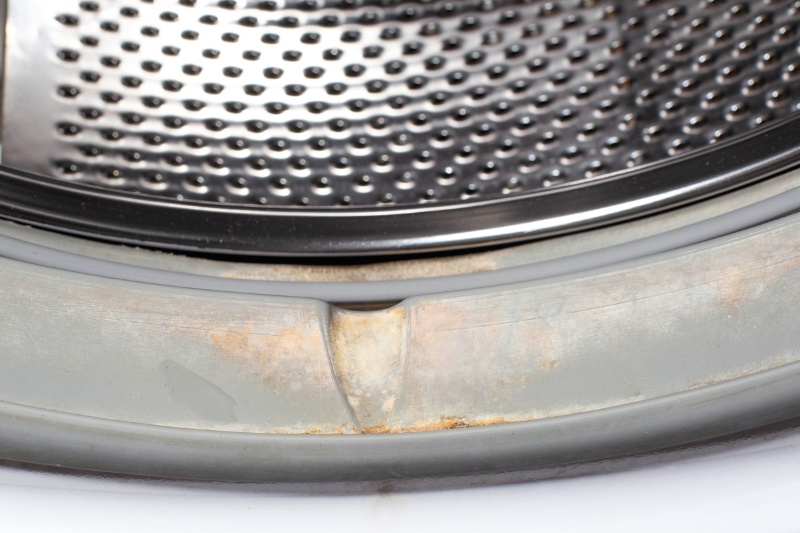
Generally, you’ll always end up with a bit of scrud in your washing machine if you use fabric softener.
It can mix with unused laundry detergent to create the brown substance you’ve probably seen inside your machine.
Also, fabric softener contains some kind of oil or wax (which can be petroleum-, animal- or plant-based), and you probably already know how wax and oil interact with heat. Luckily, it’s fairly easy to remove once you know how.
How to Remove Scrud from the Washing Machine
Removing scrud from a washing machine is straightforward, but there are a couple of ways you can go about it:
Run a hot cycle with white vinegar
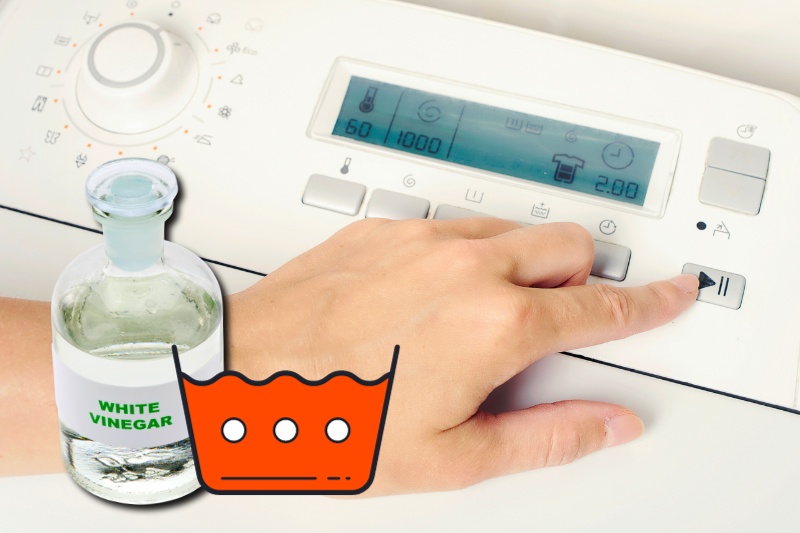
The first option is to run your washing machine on a hot cycle with 50-100ml of white vinegar in the detergent drawer.
Vinegar can help cut through the waxy residue and remove smells, making it ideal for cleaning washing machines.
Run the hottest and longest cycle you can, and you should find your washing machine is sparkling when it’s finished.
The hot water helps melt the scrud, and the vinegar leaves everything nice and shiny.
Run warm cycles without fabric softener

It’s in your best interest to run a dedicated hot cleaning cycle every few weeks. But to keep scrud levels to a minimum, throw in a hot wash cycle every now and then, ideally with no fabric conditioner.
If you like to wash your clothes at 30 degrees, make sure you follow every few washes with a 60-degree cycle containing towels, for example.
You shouldn’t use fabric softener on towels, so this kind of wash is ideal for also cleaning your washing machine.
However, running a 60-degree cycle with bedding should also be fine. While you’ll probably use fabric softener on your bedding, the temperature is high enough that it can still shift the residue.
How to Prevent Scrud Build-Up in Your Washing Machine
If you find scrud builds up regularly in your washing machine, you might need to adjust how you use it.
Here are some tips for minimising the amount of residue, which should also make cleaning easier.
Adjust your product usage
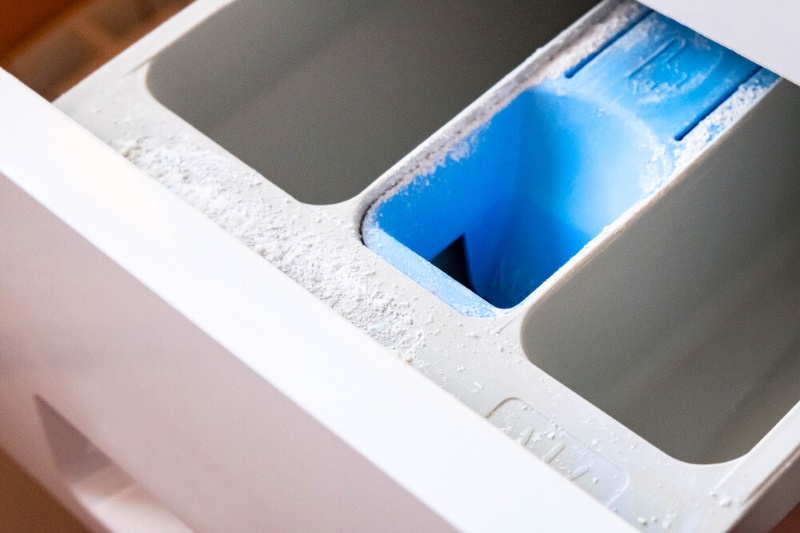
First, cut down on the amount of fabric softener you use.
You can use as little as a tablespoon depending on the laundry load size and product quality. This is significantly less than the usual capful most bottles tell you to use.
In short, scrud often happens if you’re using too much fabric softener, so simply use less.
The same logic is true for laundry detergent, and is perhaps more important. Using less will mean there’s less chance of scrud happening, as it needs unused detergent as a basis.
Again, you can get away with using as little as a tablespoon.
Switch to a plant-based fabric softener
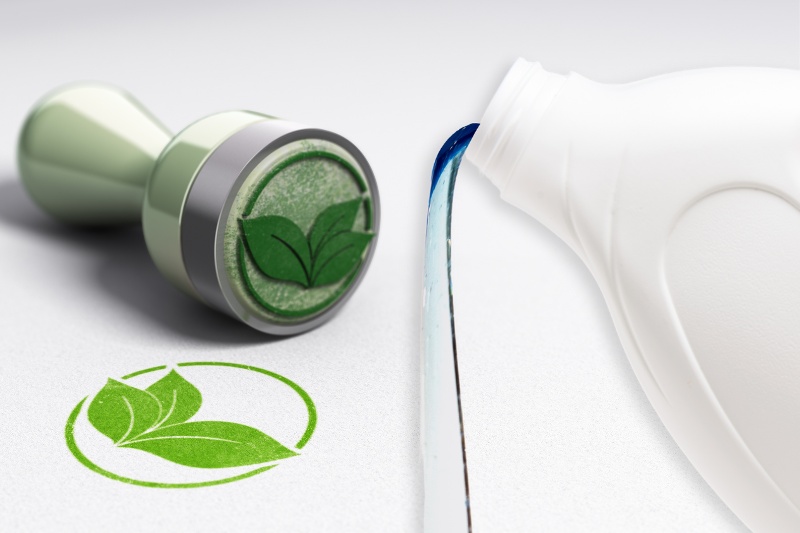
Many fabric softeners use petroleum- or animal-based ingredients as the basis for their main softening ingredient. However, plant-based products will use something like rapeseed or olive oil.
Plant-based softeners are usually thinner in consistency, meaning they won’t leave behind as much residue.
Luckily, there’s a decent range of plant-based fabric softeners out there, so you don’t have to compromise on having soft laundry.
Avoid overloading your machine
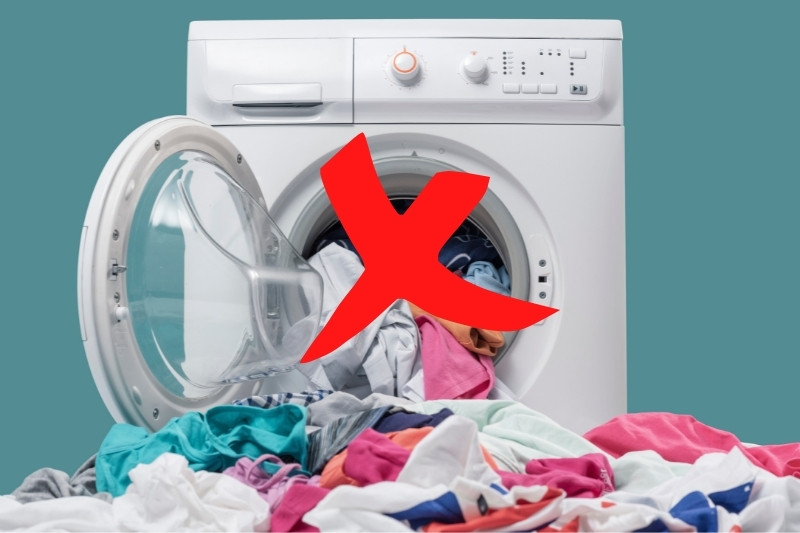
Overloading your washing machine can affect how products move around inside the drum and how well it drains water. You’ll also likely find that the wash quality is worse when you put too much laundry in.
Considering scrud occurs when unused washing products mix, it shouldn’t be a surprise that overloading your drum is an issue.
Be conscious about how much laundry you’re trying to wash at once and try to avoid going over the machine’s recommended limit.
Wipe down your washing machine
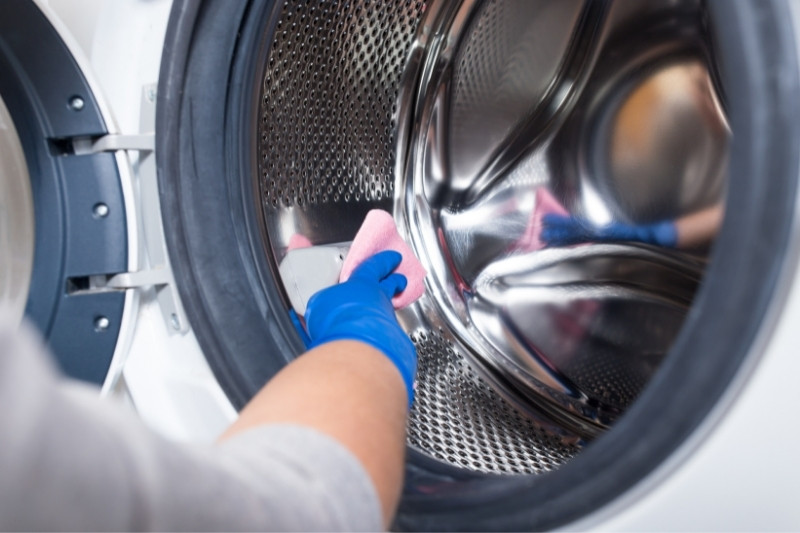
You should ideally be wiping down your washing machine after every use.
This doesn’t mean giving it a full clean. Just use a cloth to wipe the seal and the water outlet hole. These areas are where scrud and mould can build up if they’re left wet for too long.
This should also keep the drainage hole clear, meaning residue should be less of a problem anyway.
Combine this with regular cleaning cycles and your machine should stay clean and odour-free.
Final Thoughts
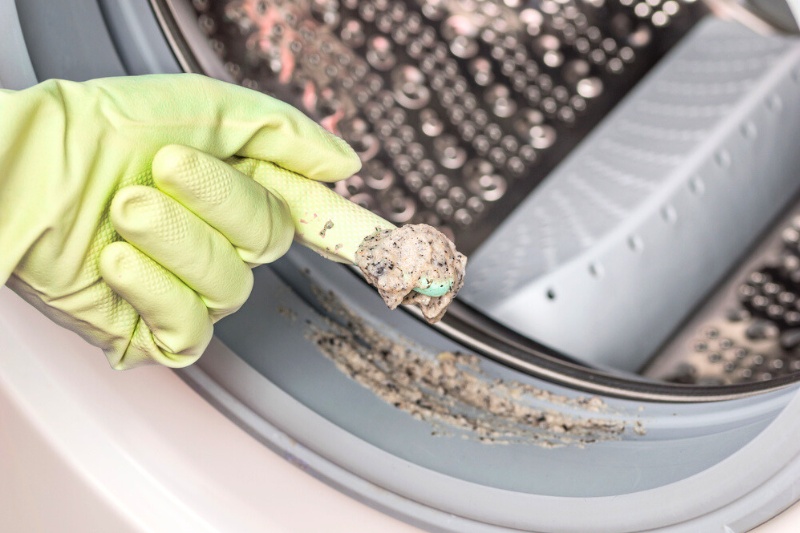
Getting rid of scrud isn’t difficult, but it’s best to avoid it building up as much as possible. After all, you don’t want to find out you’ve got scrud in your machine by it staining your whites!
If you notice regular build-up in your washing machine, adjust how much product you use during a cycle.
Also, you might want to give the machine a deep clean just to ensure you’re starting off with a clean slate.
Once you’ve dealt with the issue, you should have little problem preventing it from happening again.

Jacob is a writer based in Wales, where he lives with his partner and two dogs. All his work is fuelled by extensive research and buckets of coffee.






